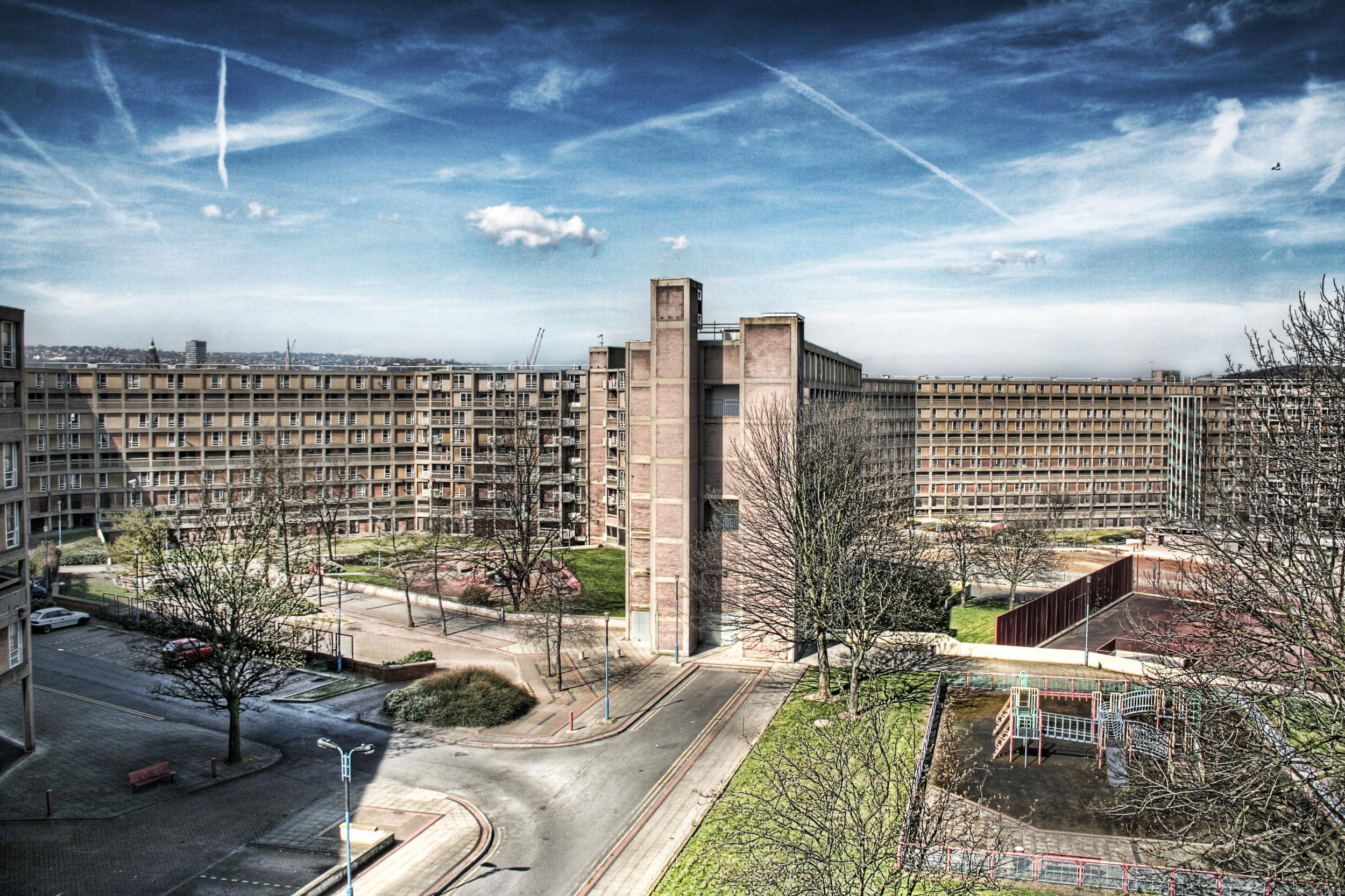How the look of council estates has changed over a century
From a government pledge to provide ‘homes for heroes’ after the First World War to today’s eco-estates, what has driven the design style of council estates?

Those soldiers who made it back from the First World War were greeted by a prime minister hoping to be returned to office by offering houses to anybody who might need one. Hundreds of thousands of “homes fit for heroes” were to be built, providing respectable dwellings for the people in Britain who would otherwise be doomed to squalor. This promise was given parliamentary accord in the Addison Act, passed 100 years ago today.
In these new estates, the comfort of residents was essential. No more endless terraced slums. Streets were to be wider, houses larger and green space would be within easy access. The vast Becontree Estate in Dagenham was the most significant development built off the back of the Addison Act, providing 26,000 mainly semi-detached homes. While it was decried for being similarly dull and sprawling to earlier mass housing projects, Becontree and the estates built at the time undeniably offered residents a more comfortable life.
A few decades later there came another devastating war, then another revolution in council housing. Despite their extraordinary reforms in healthcare and other social necessities, Clement Attlee’s Labour government wasn’t building homes fast enough. As the general election neared in 1951, Winston Churchill’s Conservatives knew that housing was the key to winning power.
More homes were needed immediately with the demand largely in inner-city areas where land was scarce and the population was dense. The party gave housing “priority second only to national defence” and outbid the incumbent Labour government to promise 300,000 new council houses a year.
In order to meet their ambitious target, the Conservatives employed a radical design that was then unheard of in Britain. Homes for hundreds of people would be built quickly, on a small plot of land, for a low price by simply piling the homes on top of one another. The tower block had arrived. Within months, the cathedral spires that had towered alone above cities across Britain for centuries were joined by council estates shooting into the sky.
Council estates through the years: In pictures
Show all 19These two major revolutions in state provision of housing have made the towns and cities of Britain today unrecognisable to a person from 1919, not only in the layout and style of the buildings but in the benefit that mass council housing has brought to the people of Britain. Unfortunately, the state of council housing is unrecognisable even to a person from 1979, and so many of these homes are now privately owned and too expensive for the poor to live in.
With far fewer new estates being built since tenants were granted the Right to Buy, the biggest change in the look of council estates in recent years has come in controversial “beautification” schemes, in which ugly old tower blocks are made, arguably, slightly less ugly. These schemes have been criticised for benefiting nearby homeowners who only look at the block rather than the tenants and even – as scarred into public consciousness by the horrifying Grenfell Tower fire – endangering tenants.
New estates that are built today do, however, share some similarities to those of earlier times in that they are designed with contemporary issues in mind. The newly built eco-estate on Goldsmith Road in Norwich is among the most environmentally sustainable developments in the country and in keeping with the postwar desire to improve residents’ lives.
Subscribe to Independent Premium to bookmark this article
Want to bookmark your favourite articles and stories to read or reference later? Start your Independent Premium subscription today.

Join our commenting forum
Join thought-provoking conversations, follow other Independent readers and see their replies